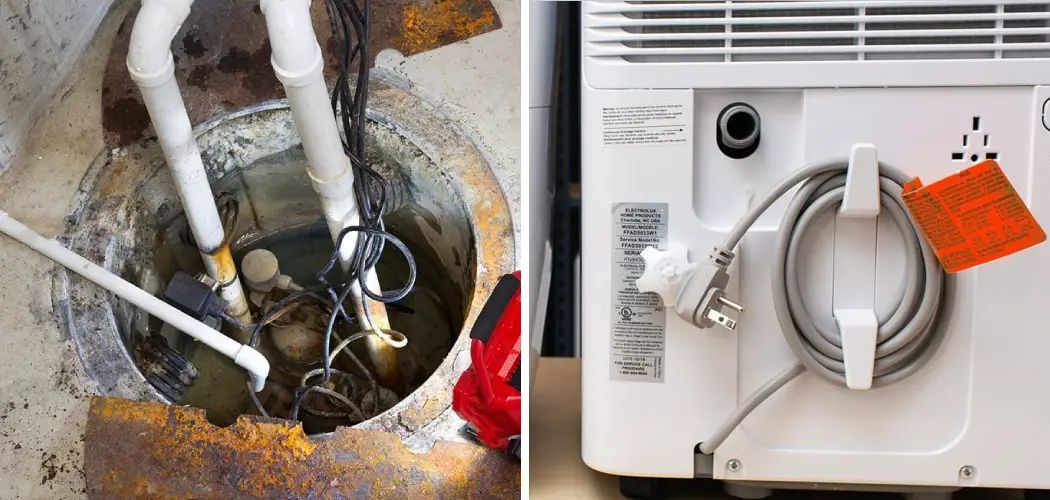If you have a dehumidifier in your basement but don’t have a drain available, you may be wondering how to effectively drain it without the convenience of a built-in drainage system. Keeping the humidity levels in your basement under control is essential to prevent mold, mildew, and other moisture-related issues.
Fortunately, there are several methods you can employ to drain your dehumidifier in the basement without a drain.
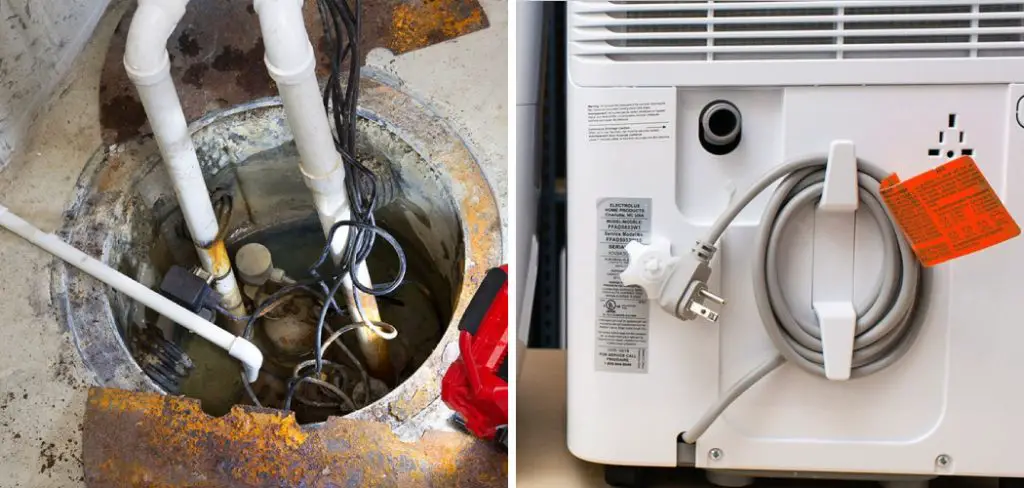
From using a gravity drain hose to utilizing a condensate pump or employing the manual emptying technique, this article will provide you with practical tips and step-by-step instructions on how to drain dehumidifier in basement without drain to maintain a dry and comfortable basement environment.
Importance of Maintaining Proper Humidity Levels in the Basement
It is important to maintain proper humidity levels in the basement. High levels of moisture can cause a variety of problems, such as mold growth, wood rot, and condensation on surfaces. On the other hand, low levels of humidity can also be damaging, leading to dry air that makes it uncomfortable to spend time in a basement. The ideal range for humidity in basements is between 40-60%.
When there’s no drain available in your basement for draining out a dehumidifier’s collected water, you’ll need to manually remove the water more often than with an automatic drainage system. This can be inconvenient and tedious if not done properly. It’s best to get into the habit of checking and emptying your dehumidifier regularly to maintain the ideal humidity level in your basement.
To ensure optimal performance, it’s important to use the right size and type of dehumidifier for your space. Too large a unit will frequently turn off before removing enough water from the air, wasting energy and not providing effective moisture control.
Too small a unit won’t be able to keep up with the demands of your basement environment, which may lead to too high humidity levels or condensation on surfaces. Speak with an expert at a home improvement store for guidance on selecting the right size and type of dehumidifier for your basement.
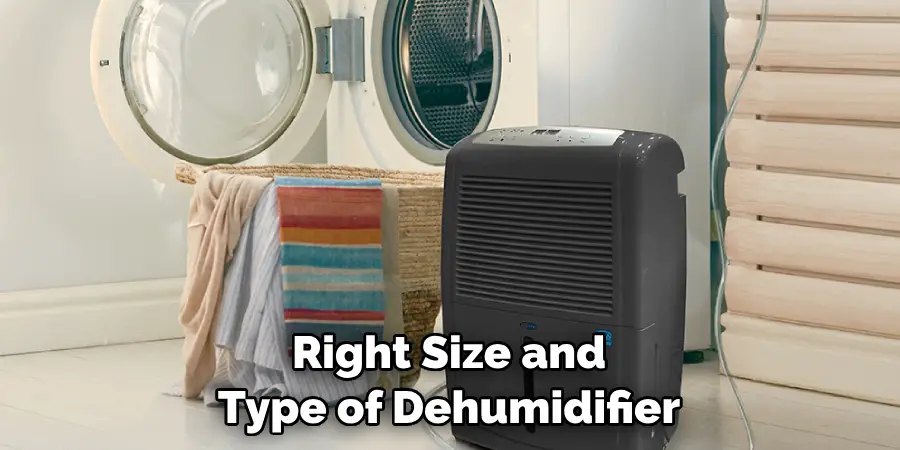
How Dehumidifiers Work
Dehumidifiers are a great way to reduce the humidity in your basement. They work by drawing in air and filtering out moisture, that is then condensed into water. The water is collected in a container inside the dehumidifier, which should be emptied regularly.
If the container isn’t emptied often enough, it can lead to decreased efficiency or even damage to the machine. When choosing a dehumidifier for your basement, make sure you know how much space it covers and if any extra accessories are needed for proper installation.
There are several different types of dehumidifiers available on the market today. A desiccant dehumidifier removes humidity from air through absorption by using a silica gel or other absorbent material.
A compressor dehumidifier works by using a fan to draw air over cold coils, which condenses the moisture into water droplets that are then collected in a container. Refrigerant dehumidifiers use refrigerants instead of cool coils and they are the most energy-efficient type of dehumidifier available.
To ensure your basement remains dry with minimal energy consumption, you should consider installing an automatic humidity control system. These systems can be programmed to turn on or off based on specific indoor humidity levels, helping to maintain optimal comfort levels in your home.
In addition to keeping your basement dry, these systems also help reduce energy costs by eliminating unnecessary usage when conditions allow. It’s important to remember that even if you have an automatic control system, you should still empty the dehumidifier’s collection container on a regular basis.
10 Ways How to Drain Dehumidifier in Basement without Drain
Utilize a Gravity Drain Hose:
One of the easiest ways to drain a dehumidifier without a built-in drain is by using a gravity drain hose. Simply attach the hose to the dehumidifier’s water collection tank and direct it towards a nearby sink, floor drain, or window. Gravity will allow the water to flow out of the dehumidifier and through the hose, effectively draining it without the need for constant monitoring or manual emptying.
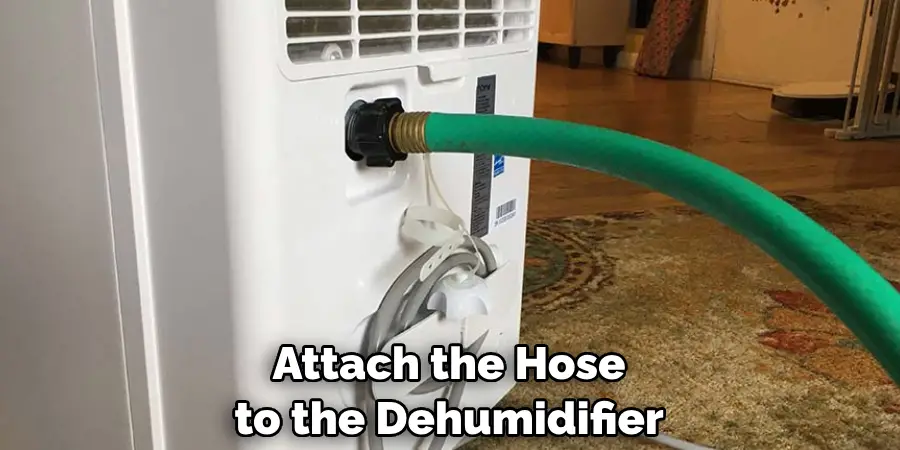
Employ a Condensate Pump:
If your basement doesn’t have a suitable drainage point nearby, using a condensate pump is an efficient solution. This pump collects the water from the dehumidifier and pumps it upward to a desired drainage location, such as a sink or utility drain. Connect the pump to the dehumidifier’s water collection tank and ensure the pump is positioned at a higher elevation to enable water flow.
Consider a Dehumidifier with a Built-in Pump:
If you anticipate the need for continuous drainage in your basement, investing in a dehumidifier with a built-in pump can be a convenient option. These models come with a pump that automatically drains the water collected in the unit. Connect a hose to the pump’s outlet and direct it towards a suitable drainage point, such as a sink or utility drain.
Employ a Wet/Dry Vacuum:
For smaller dehumidifiers or occasional draining needs, a wet/dry vacuum can be a practical solution. Turn off the dehumidifier and use the vacuum’s wet mode to suction the water out of the dehumidifier’s collection tank. Be cautious not to let the vacuum overfill, and ensure you have a container or basin nearby to empty the collected water.
Use a Portable Sump Pump:
A portable sump pump can effectively drain the water from a dehumidifier in the basement without a drain. Attach a hose to the pump’s outlet and direct it towards a suitable drainage point, such as a sink or exterior drain. Place the pump inside the dehumidifier’s collection tank, and the pump will automatically remove the water.
Employ a Wet/Dry Shop Vacuum:
Similar to a wet/dry vacuum, a wet/dry shop vacuum can be used to manually drain the dehumidifier. Switch the vacuum to the wet mode, and carefully suction the water from the dehumidifier’s collection tank. Empty the vacuum as needed to prevent overfilling.
Repurpose a Condensate Pipe:
If your basement has an existing condensate pipe from an HVAC system, you can repurpose it to drain your dehumidifier. Connect the dehumidifier’s water collection tank to the condensate pipe using a hose. Ensure that the pipe is properly sized and positioned to allow for effective drainage.
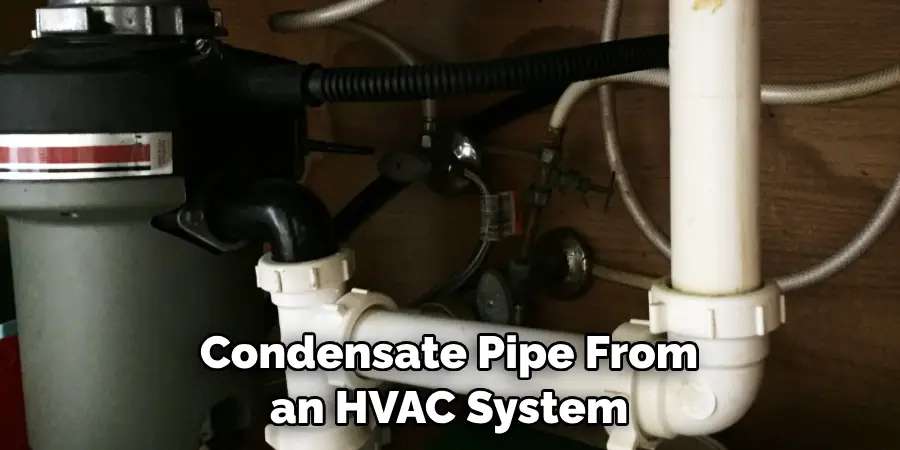
Install a Drip Tray:
A drip tray placed beneath the dehumidifier can collect the water, allowing for easy manual emptying. Position the tray in a way that directs the water towards a suitable container or drainage point. Regularly check and empty the tray to prevent overflow and maintain the dehumidifier’s efficiency.
Use a Bucket or Container:
For occasional or smaller amounts of water, manually emptying the dehumidifier’s collection tank into a bucket or container is a simple and effective method. Monitor the water level in the tank, and when it reaches a certain point, carefully remove the tank and pour the water into the bucket or container. Take caution not to spill or overfill the container.
Implement a Desiccant Dehumidifier:
Consider using a desiccant dehumidifier as an alternative to traditional compressor-based models. Desiccant dehumidifiers use moisture-absorbing materials to extract water from the air. Some models feature a built-in tank, while others allow for continuous draining using a hose. Check the manufacturer’s instructions for specific guidance on draining methods.
Things to Consider When Draining Dehumidifier in Basement without Drain
When draining a dehumidifier in a basement without a drain, there are several things to consider. The first is the size of the basement. If the area is small, it may be difficult to find a suitable place to collect condensation runoff. Additionally, if the basement is unfinished or has limited floor space, finding an appropriate spot for drainage can be challenging.
It is also important to consider the type of dehumidifier being used and its condensate capacity. Some models are designed to be used without draining, while others require frequent emptying of water tanks in order to continue functioning properly. Knowing this information ahead of time will help you select the most suitable solution for your basement’s needs.
If possible, it is best to try and install a drain line from the dehumidifier directly into a nearby utility sink or other area with a floor drain. This will make it easier to collect and dispose of condensation runoff without worrying about spills or water damage. If this is not possible, there are other solutions such as using a condensate pump or bucket to collect and dispose of the water.
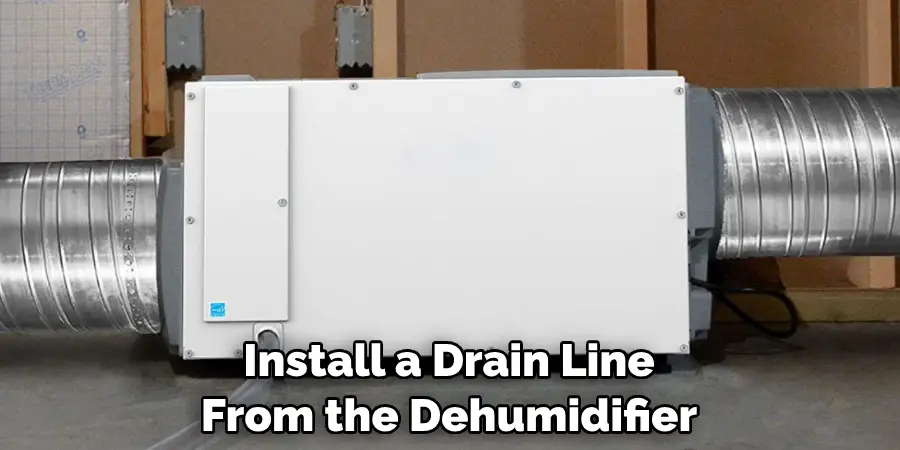
Conclusion
In conclusion, draining a dehumidifier in a basement without a drain is possible. It takes some extra time and tools such as an extension hose and buckets to manually empty out your dehumidifier. By following these steps, you can easily drain the dehumidifier then place back in position where it’s been collecting moisture.
One thing to remember is that it’s important to regularly empty out your dehumidifier based on the manufacturer’s recommendation so that it can properly function at an optimal level.
Now that you know how to drain your dehumidifier from the basement without a drain, why not try it now? With just a few simple steps you can learn how to drain dehumidifier in basement without drain!

